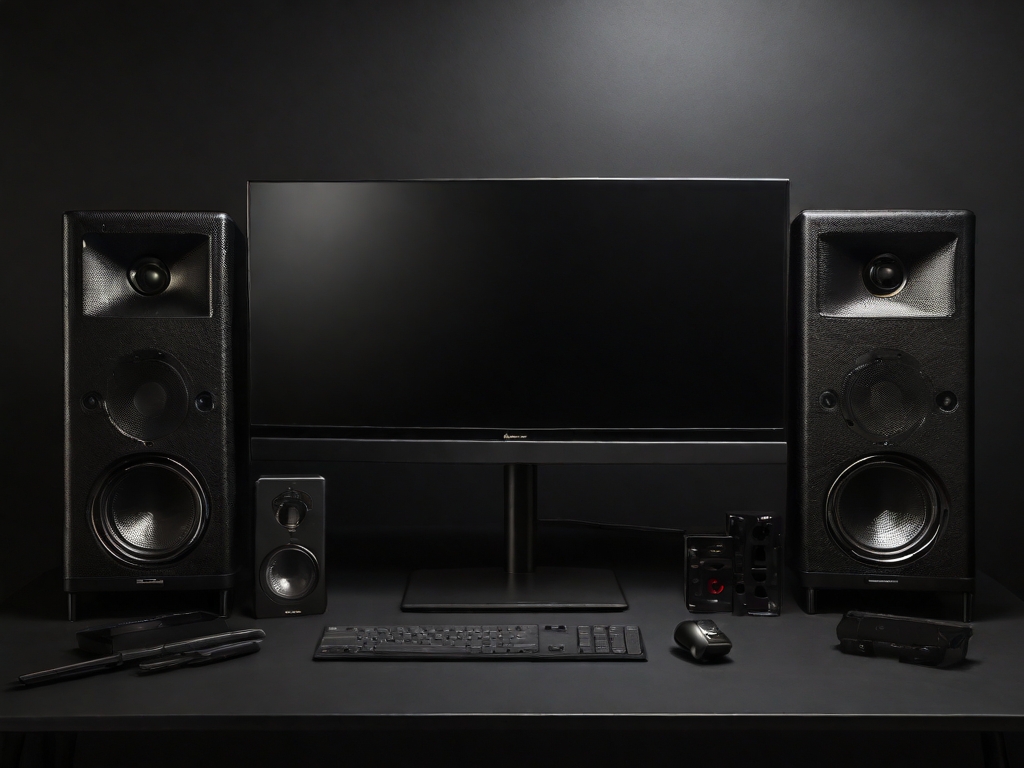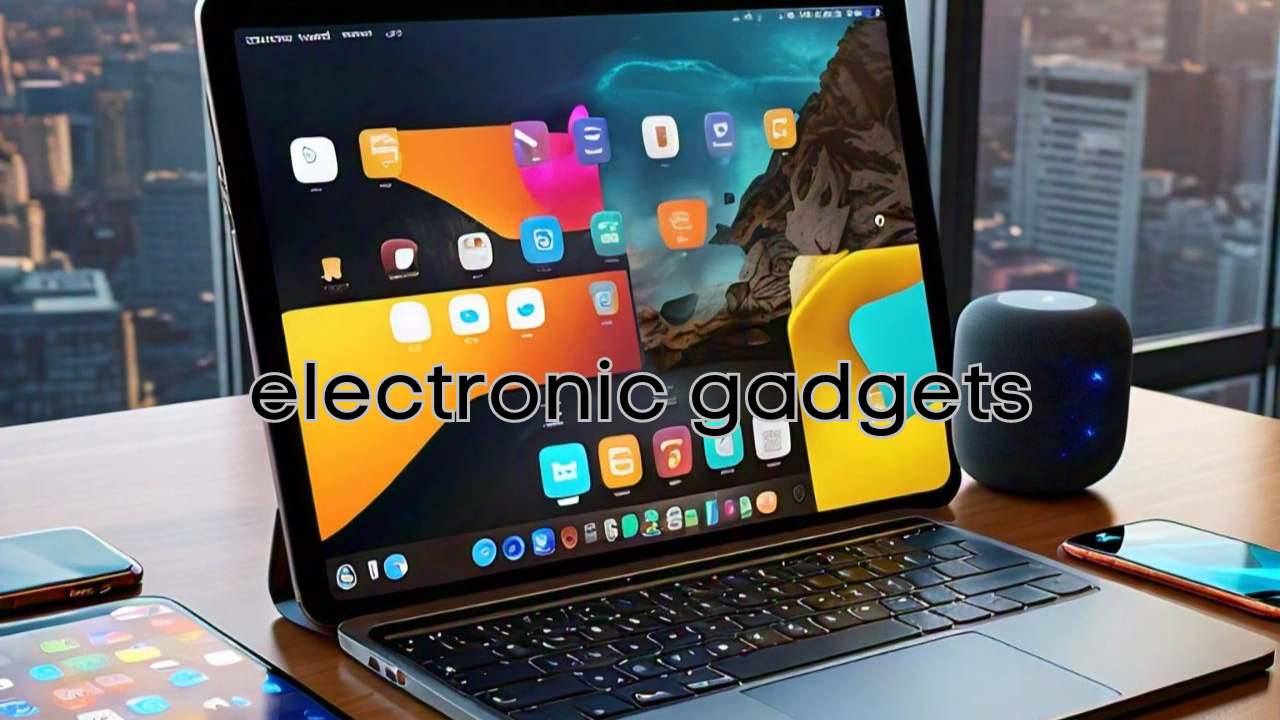Comfortable and Ergonomic Office Furniture
Creating a Workspace Oasis: Introduction
Welcome to the world of optimal comfort and productivity—your guide to selecting and arranging ergonomic office furniture. In today’s fast-paced work environment, investing in furniture that promotes well-being and efficiency is key. Let’s explore the essential elements that make up a comfortable and ergonomic office space.

1. Choosing the Right Chair
1.1 Ergonomic Office Chairs
- Look for chairs with adjustable height, lumbar support, and customizable armrests. A contoured seat and breathable fabric contribute to long-term comfort.
1.2 Swivel and Mobility
- Opt for chairs that allow swiveling and easy mobility. This ensures that you can access all areas of your workspace without straining or twisting.
2. Ergonomic Desks
2.1 Adjustable Heights
- Embrace the flexibility of an adjustable desk to cater to both sitting and standing work preferences. This promotes better posture and reduces the risk of prolonged sitting.
2.2 Spacious Work Surface
- Choose desks with ample space for your computer, documents, and additional accessories. A clutter-free surface enhances focus and organization.
3. Monitor Placement and Accessories

3.1 Eye-Level Monitors
- Position your monitor at eye level to reduce neck strain. Monitor arms can help achieve the ideal height, allowing you to maintain a comfortable and ergonomic viewing angle.
3.2 Keyboard and Mouse Placement
- Keep your keyboard and mouse within easy reach to prevent unnecessary stretching. Keyboard trays and mouse pads with wrist support enhance comfort during extended typing sessions.
4. Proper Lighting
4.1 Natural Light Integration
- Position your desk to maximize natural light exposure. Consider adjustable blinds or curtains to control glare and brightness.
4.2 Task Lighting
- Supplement natural light with task lighting. Adjustable desk lamps provide focused illumination, reducing eye strain during late-night work.
5. Storage Solutions
5.1 Accessible Storage
- Opt for storage solutions that keep frequently used items within arm’s reach. This minimizes the need for constant movement and maintains an organized workspace.
5.2 Cable Management
- Use cable organizers to prevent a tangled mess. Neatly managed cables not only enhance the aesthetics but also reduce tripping hazards.
6. Comfortable Seating Options
6.1 Additional Seating
- Consider incorporating alternative seating options, like ergonomic stools or stability balls. These can be used for short breaks or as an alternative to traditional chairs.
6.2 Cushions and Back Supports
- Enhance seating comfort with cushions and back supports. These additions promote better posture and provide extra lumbar support.
1. What defines ergonomic office furniture?
- Ergonomic office furniture is designed to provide optimal comfort and support, taking into account the natural movements and posture of the human body. Features such as adjustable heights, lumbar support, and proper alignment contribute to ergonomic design.
2. How important is an ergonomic chair for office comfort?
- An ergonomic chair is crucial for office comfort as it supports the spine’s natural curve, promotes good posture, and reduces the risk of discomfort or musculoskeletal issues. Adjustable features in ergonomic chairs allow customization for individual preferences.
3. What benefits does an adjustable desk offer?
- An adjustable desk provides the flexibility to switch between sitting and standing positions, promoting better circulation, reducing sedentary behavior, and preventing discomfort associated with prolonged sitting.
4. How can I arrange my desk for optimal comfort?
- Position your monitor at eye level, keep your keyboard and mouse within easy reach, and ensure that the desk surface has ample space for your work essentials. Consider using cable organizers to maintain a neat and organized workspace.
5. Is natural light important in an office setting?
- Yes, natural light is essential for creating a pleasant and productive office environment. It helps regulate circadian rhythms, improves mood, and reduces eye strain. Position your desk to maximize exposure to natural light whenever possible.
6. Why is proper lighting important in an ergonomic workspace?
- Proper lighting is crucial for reducing eye strain, preventing headaches, and enhancing overall comfort. Task lighting, in addition to natural light, can illuminate specific work areas, creating an optimal visual environment.
7. How can I manage cable clutter in my workspace?
- Cable organizers, clips, and trays are effective solutions for managing cable clutter. Keep cables organized and out of the way to create a safer and more aesthetically pleasing workspace.
8. Are alternative seating options beneficial for office comfort?
- Yes, alternative seating options like ergonomic stools or stability balls can engage core muscles, improve posture, and provide a dynamic and comfortable seating experience. These options are ideal for short breaks or varied sitting positions.
9. What role do cushions and back supports play in office seating?
- Cushions and back supports enhance seating comfort by providing additional padding and lumbar support. They promote better posture, reduce pressure points, and contribute to a more comfortable and ergonomic seating experience.







